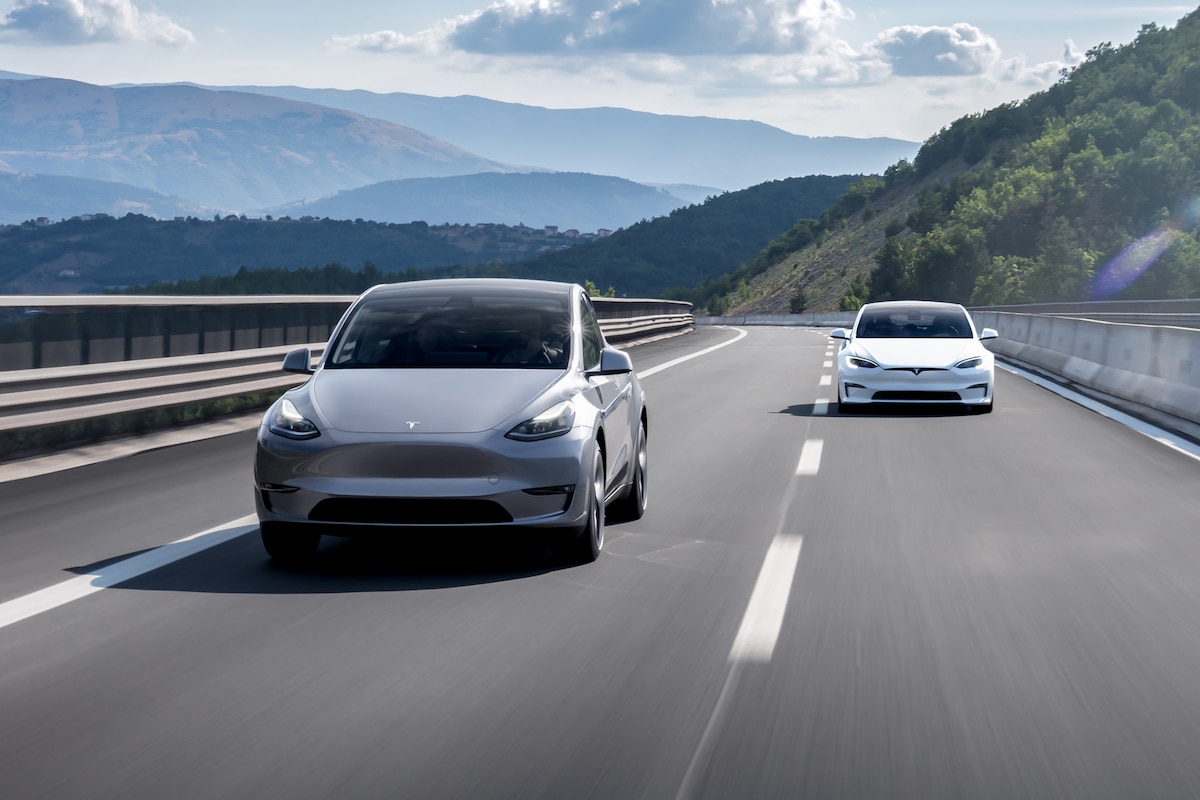What are phantom braking incidents in Tesla vehicles?

“Ghost braking” is a well-known issue among Tesla vehicle users. Here is an explanation.
Ghost braking in Tesla: a phenomenon that isn’t really just a ghost… This term refers to situations where the car brakes suddenly and unexpectedly, often without any apparent reason. These incidents mainly concern models equipped with Autopilot or Full Self-Driving (FSD) systems, which rely on sensors and algorithms to analyze the road environment. But what are the causes, and what are the impacts?
Origin of ghost braking
The ghost braking phenomenon originates from onboard detection technology. Tesla primarily uses cameras and, since 2021, has gradually eliminated radars on certain models to focus on its “Tesla Vision” system, a purely visual artificial intelligence approach. This transition has sometimes caused anomalies in interpreting environmental data.
The main causes include:
- Incorrect obstacle detection: Shadows, reflections, or traffic signs may be misinterpreted as imminent dangers.
- Calibration algorithms: Insufficiently tested software adjustments can lead to errors.
- Challenges in complex environments: On highways or tree-lined roads, system accuracy may decrease.
Impacts on users
These unexpected brakes are not only uncomfortable for passengers but also dangerous. They increase the risk of rear-end collisions, especially on busy highways. Additionally, these incidents undermine drivers’ trust in semi-autonomous systems.
According to a report by the NHTSA (National Highway Traffic Safety Administration), many drivers have reported this type of behavior, prompting the agency to open an investigation in 2022. These regularly reported incidents shed light on the current limitations of autonomous driving technologies.
Tesla’s Responses
In response to these issues, Tesla mainly reacts through over-the-air (OTA) software updates. These allow for fixing anomalies without visiting a dealership. Elon Musk also stated that the system will evolve thanks to continuous improvements in algorithms based on artificial intelligence and data analysis.
Future challenges
The ghost braking phenomenon reflects the challenges associated with developing semi-autonomous vehicles. Tesla, like other manufacturers, must balance innovation and safety. While current systems already offer benefits in terms of comfort and accident reduction, these incidents show that there is still a long way to go before achieving seamless full autonomy.
In the meantime, Tesla drivers are advised to remain vigilant and keep their hands on the wheel even when driver assistance systems are activated.
READ ALSO: LOA: Tesla Discounts Its Long-Range Rear-Wheel Drive Model Y!
This page is translated from the original post "Qu’est-ce que les freinages fantômes chez Tesla ?" in French.
We also suggestthese articles:
Also read





